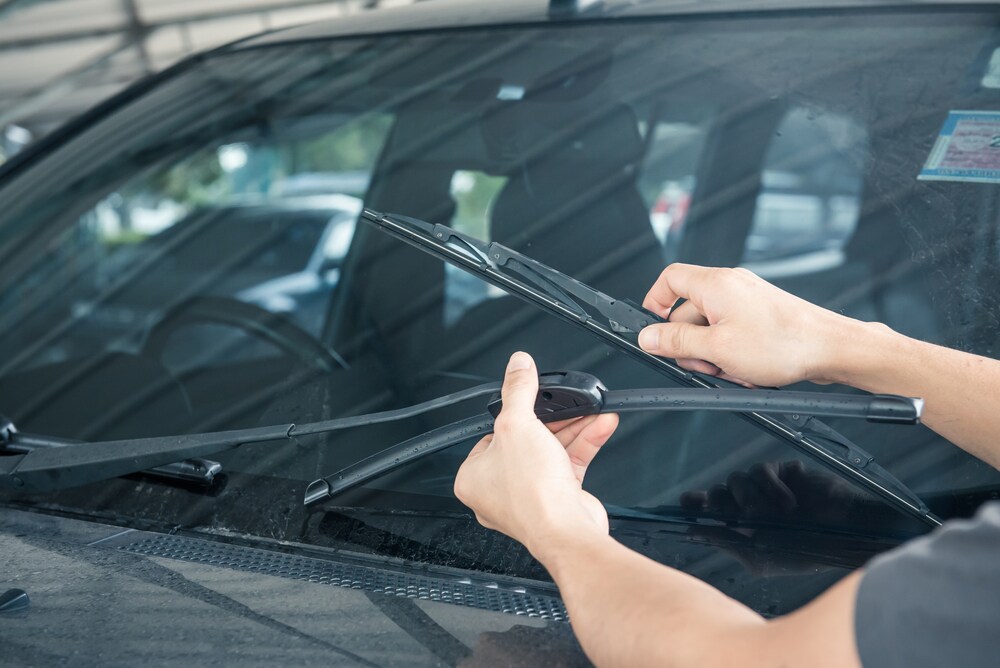Every 5,000 Miles
 There are plenty of minor maintenance tasks you'll need to take care of, and you should consider having these performed on your vehicle every 5,000 miles. At this point, you should make sure you're performing maintenance that includes:
There are plenty of minor maintenance tasks you'll need to take care of, and you should consider having these performed on your vehicle every 5,000 miles. At this point, you should make sure you're performing maintenance that includes:
- Inspect and adjust all fluid levels
- Inspect wiper blades
- Rotate tires
- Visually inspect brake linings/drums and brake pads/discs
Every 10,000 Miles
Once you reach the 10,000-mile mark, you'll want to take care of all the same maintenance necessary at 5,000 miles in addition to your regular oil and oil filter change. Changing your oil as often as needed is key to ensuring your engine remains in good condition for years.

In addition to your vehicle's low oil pressure light, some other signs your oil is starting to get low include an oily smell in the cabin and a knocking sound from the engine. If you notice these signs, be sure to change your oil soon to avoid damage to your vehicle's engine.
Every 15,000 Miles

Once your car reaches 15,000 miles, you'll want to inspect it to make sure key parts are functioning properly. If you notice any significant wear to these components, be sure to replace them immediately. The parts you should inspect include:
- Ball joints and dust covers
- Brake lines and hoses
- Drive shaft boots
- Engine coolant
- Exhaust pipes and mountings
- Radiator and condenser
- Steering gear, steering linkage, and boots
Every 30,000 Miles
After you've driven your vehicle for 30,000 miles, you'll want to make sure you replace your cabin air filter (if equipped) and engine air filter. With a fresh air filter, you'll ensure your vehicle has access to clean air. Plus, with a fresh cabin air filter, you'll have clean air flowing through your vehicle's climate control system.

Every 100,000 Miles
Once you've driven your vehicle 100,000 miles, you'll want to replace your engine's coolant. This important fluid keeps your engine from overheating. Making sure you use fresh coolant will help prevent engine damage in the future.

 There are plenty of minor maintenance tasks you'll need to take care of, and you should consider having these performed on your vehicle every 5,000 miles. At this point, you should make sure you're performing maintenance that includes:
There are plenty of minor maintenance tasks you'll need to take care of, and you should consider having these performed on your vehicle every 5,000 miles. At this point, you should make sure you're performing maintenance that includes:

